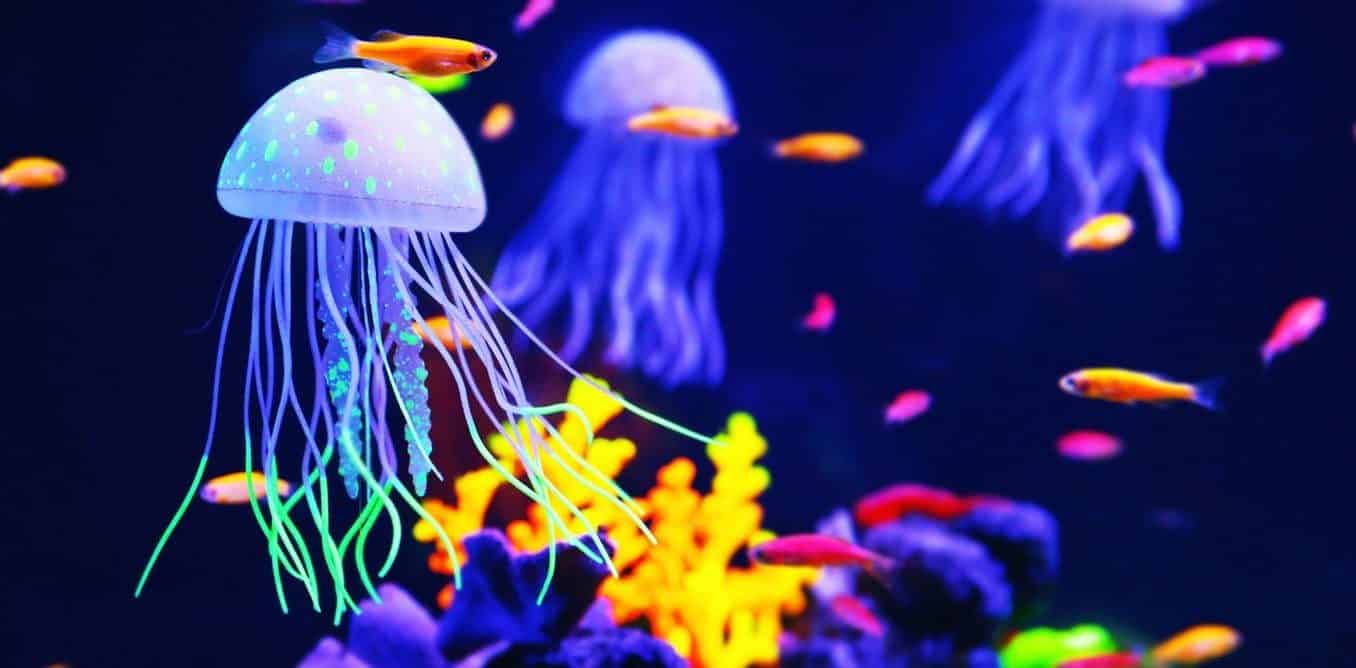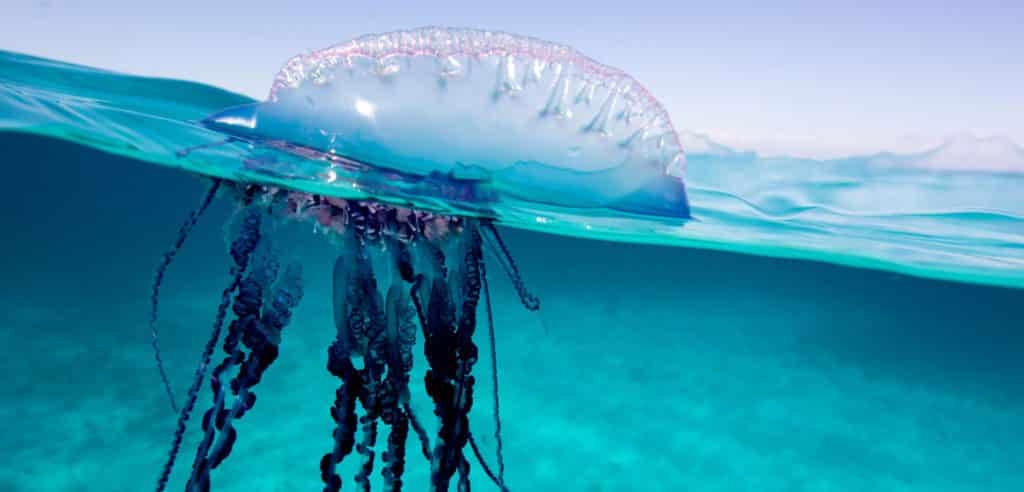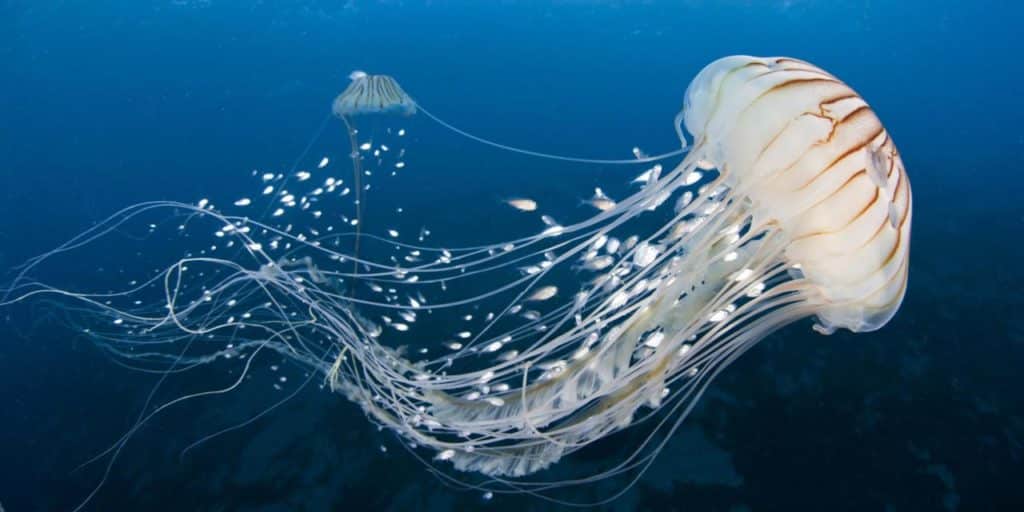Jellyfish Crisps Anyone? Danish Researchers Turn Jellyfish Into Crunchy
Fancy some Jellyfish Chips and Guac?
Danish researchers have now found a tasty way to rid us of these bothersome interlopers, whose numbers have recently experienced a boom thanks to global warming and over-fishing of its predators.
A new study by scientists at the University of Southern Denmark has turned this floating, stinging bane of many beachgoers into a viable treat option for the future – satisfyingly crispy jellyfish chips.
The scale of the problem is scientifically hard to gauge, as historical data is in short supply, and seasonal blooms are a natural part of jellyfish life cycle. But in localized situations, there is no question that large smacks of jellyfish can wreak havoc on things like fishing nets and nuclear power plants, where they’ve caused shutdowns by clogging the pipes that bring cool water into the facilities.
While they have been a staple Asian cuisine for centuries, they have remained an oddity in the west. Traditionally, jellyfish were marinated in salt and potassium alum for several weeks, resulting in a rather crunchy, pickle-like texture. But this process is time-consuming and infuses the snack with a very specific taste- which for some people might seem pretty unpleasant.
But now, the team led by Mathias P. Clausen, a postdoctoral fellow at University of Southern Denmark in Odense, Denmark, has produced something that resembles a potato chip within days. “Tasting jellyfish myself, I wanted to understand the transformation from a soft gel to this crunchy thing you eat. Using ethanol, we have created jellyfish chips that have a crispy texture and could be of potential gastronomic interest.” Mathias said.
The scientists note that texture plays a large factor when it comes to food appeal. Since most people aren’t accustomed to eating jellyfish, turning them into a crispy chip makes them more appetizing.
The process of turning a floppy gel into a crunchy chip isn’t just for fun, though. First, jellyfish is healthy! It’s “rich in vitamin B12, magnesium, phosphorus, iron and selenium.” It’s also a more sustainable alternative. Putting jellyfish on the menu, or in the convenience store, aligns with the rising tide of sustainable seafood.

According to Clausen, jellyfish may be a very viable and healthy food source — one that’s almost completely unexploited at this moment. His work could lead to an efficient way of obtaining and preparing said food, but researchers first need to understand exactly what’s happening at a chemical level when you cook a jellyfish.

The team is also trying out several different methods of preparation, he says, offering the potential for even more gastronomic innovation. The team recently collaborated with a Danish chef on a few dishes involving their jellyfish, and Clausen says that they’ve got more in the works with as-yet-unnamed restaurants.
“As this is pioneering work, I think using tools available to us to tackle the science of good eating can open peoples’ eyes for a completely new scientific field,” Clausen said.

























